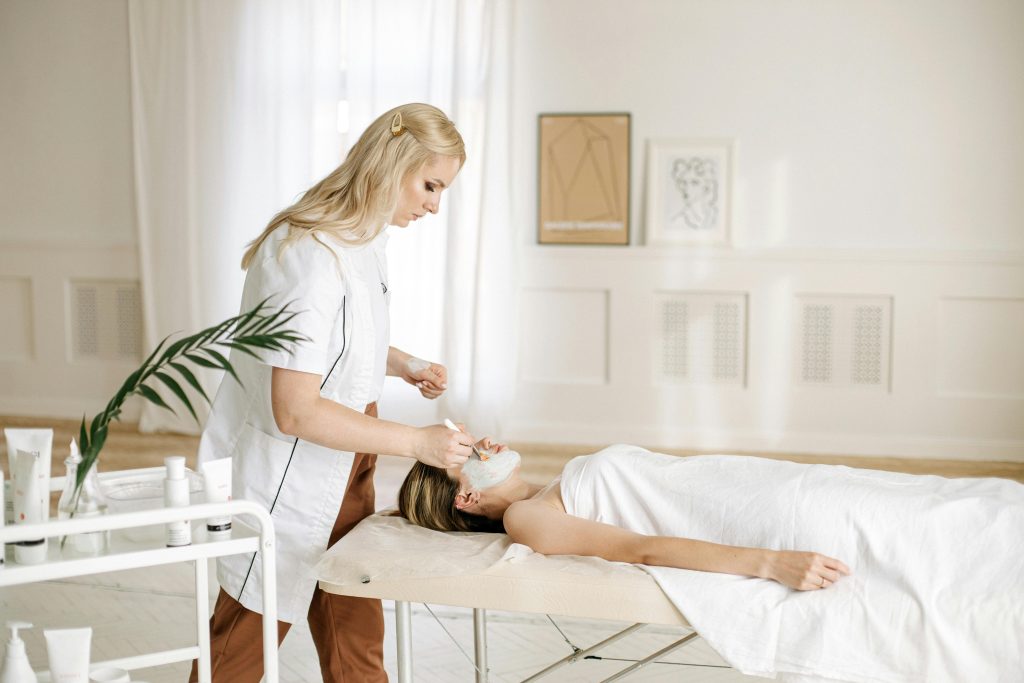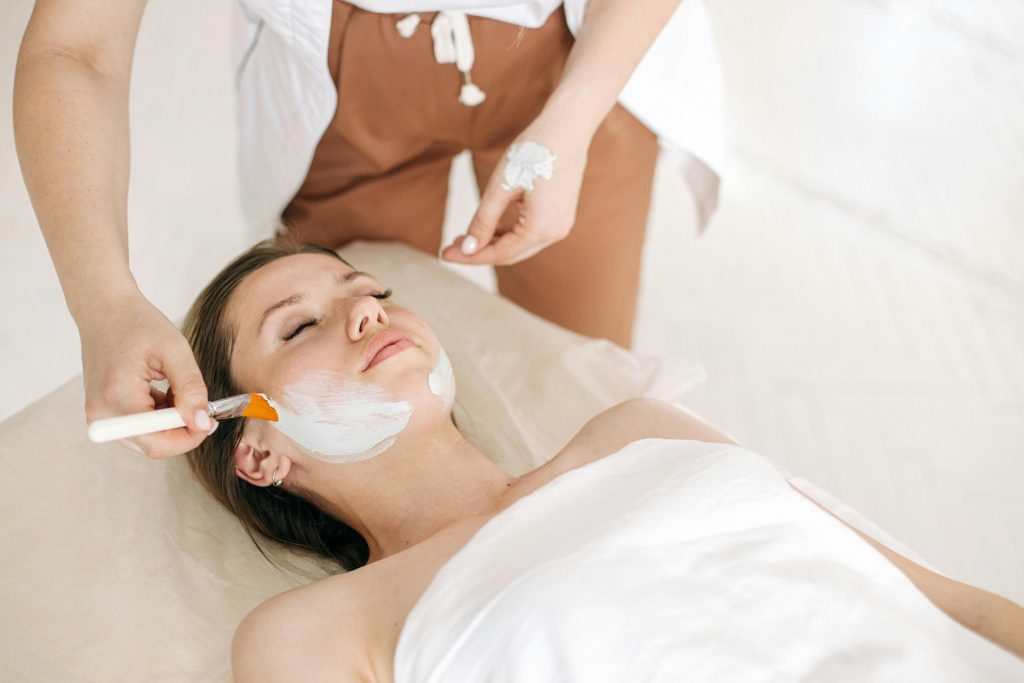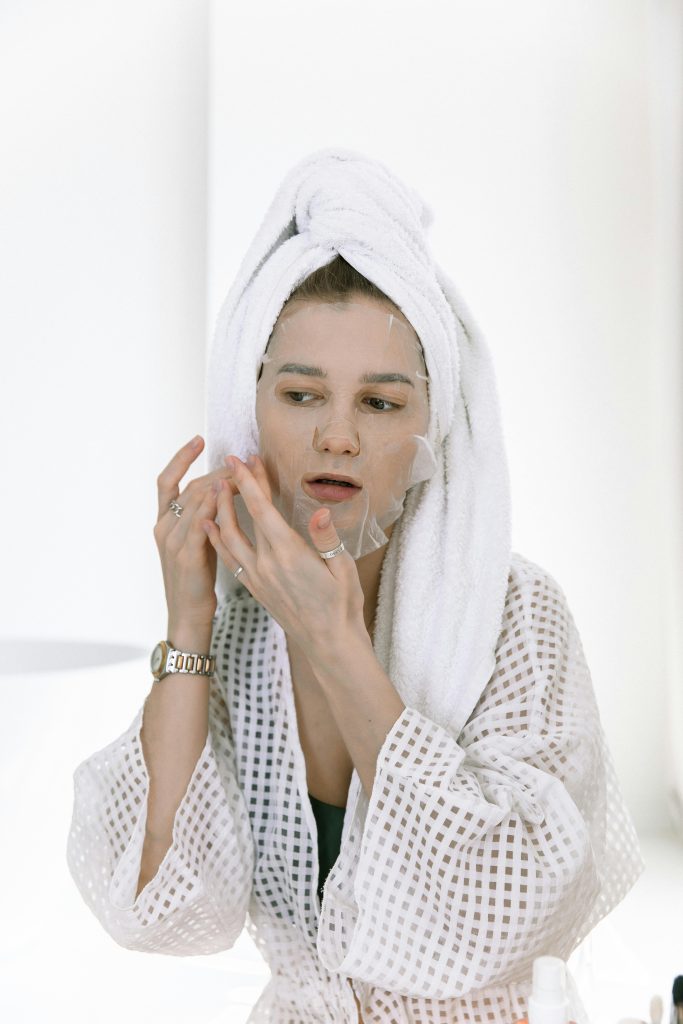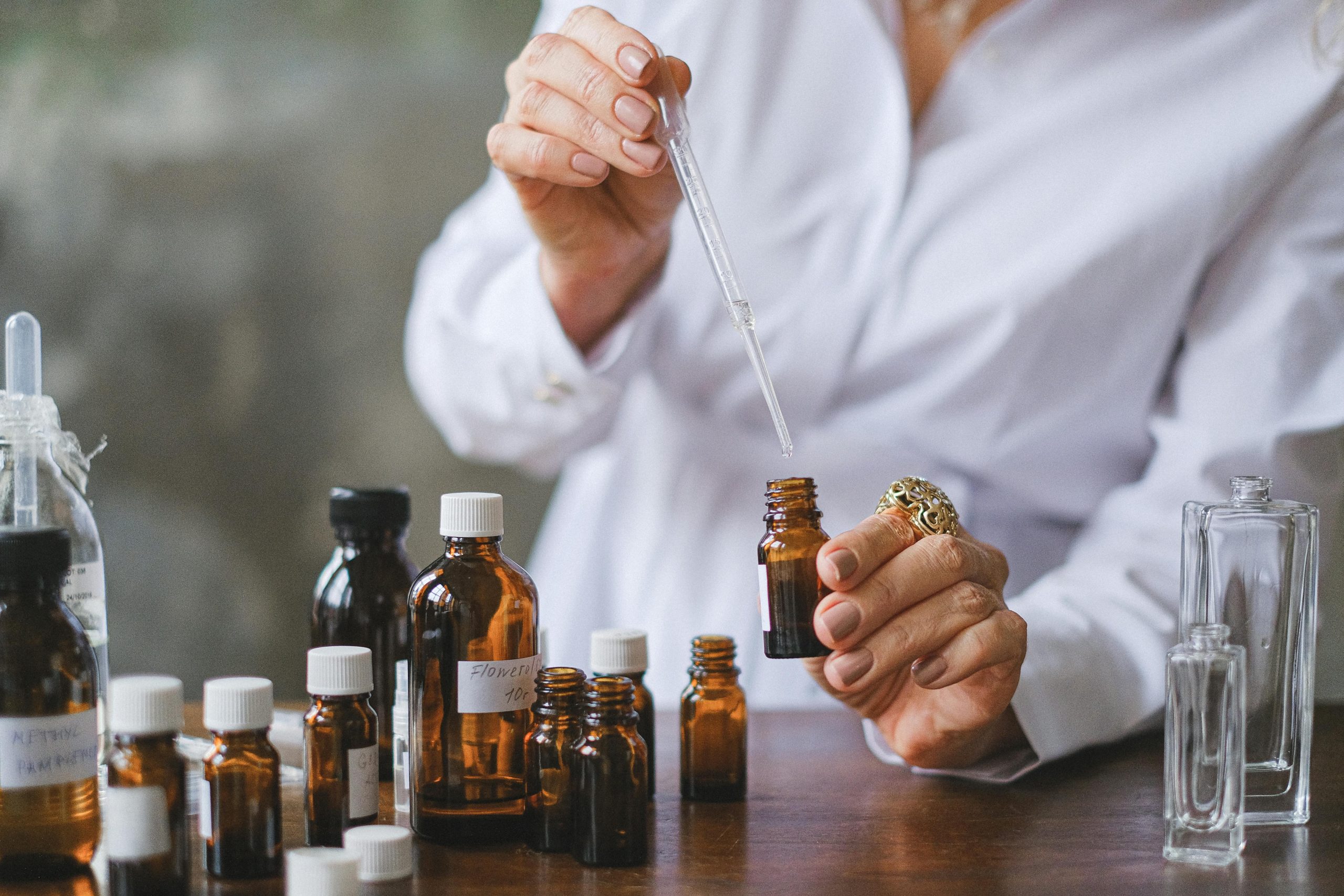Best The Layers Skin Comprehensive Guide Top 10
September 25, 2024Layers Skin, our body’s largest organ, is a complex structure with multiple layers that protect, regulate, and support various functions. Among these layers lies the OM layer, a term gaining attention in the beauty and dermatological fields. Understanding OM layers and their importance is key for anyone interested in skincare, dermatology, or overall skin health. This article delves into the intricate world of the OM layers of skin, explaining their role, function, and relevance in modern skincare.
What Are OM Layers of Skin?

The OM layers of the skin refer to the different structural levels within the skin that manage various biological processes. These layers are crucial for maintaining the health and appearance of the skin, as they protect against environmental damage, regulate temperature, and facilitate cell regeneration. Each layer plays a significant role, and understanding them helps in choosing the right skincare products and treatments.
The Three Main Layers of the Skin
The skin is composed of three primary layers: the epidermis, dermis, and hypodermis. Let’s break down each one:
1. Epidermis: The Outermost Layer
The epidermis is the outermost layer of skin, responsible for protecting the body from external factors such as UV rays, pollution, and pathogens. This layer is made up of keratinocytes, which produce keratin, a protein that strengthens the skin. It also contains melanocytes, which produce melanin and contribute to skin pigmentation.
- Stratum Corneum: The top layer of the epidermis, where dead skin cells are shed.
- Stratum Granulosum: This layer provides a barrier that locks in moisture.
- Stratum Basale: The deepest part of the epidermis, where cell division and regeneration take place.
2. Dermis: The Middle Layer
The dermis lies beneath the epidermis and is much thicker. It contains collagen and elastin fibers, which give skin its strength and elasticity. This layer also houses blood vessels, nerves, and sweat glands.
- Papillary Dermis: The upper part of the dermis that interacts with the epidermis.
- Reticular Dermis: The lower, thicker part of the dermis, rich in collagen and elastin.
3. Hypodermis: The Deepest Layer
The hypodermis is the innermost layer, consisting mostly of fat and connective tissue. This layer helps insulate the body and protects internal organs from trauma.
Importance of OM Layers in Skincare
When discussing OM layers, it’s essential to understand how skincare products interact with each layer of the skin. Many skincare solutions target specific layers to achieve desired results, whether it’s hydration, anti-aging, or skin barrier repair.
Targeting the Epidermis
The epidermis is the primary focus for many over-the-counter skincare products, particularly those aimed at exfoliation and hydration. Products like moisturizers and serums often work on the epidermis to lock in moisture and repair the skin barrier.
- Exfoliation: Removing dead skin cells from the stratum corneum helps in the absorption of active ingredients.
- Hydration: Moisturizers with hyaluronic acid target the epidermis, ensuring it remains hydrated and plump.
Working on the Dermis
Anti-aging products often focus on the dermis, where collagen and elastin are produced. As we age, the production of these proteins slows down, leading to wrinkles and sagging skin.
- Collagen Stimulation: Products containing retinoids or peptides can help stimulate collagen production, improving skin texture and elasticity.
- Deep Hydration: Ingredients like glycerin and squalane penetrate deeper into the dermis, providing long-lasting hydration.
Protecting the Hypodermis
While fewer products target the hypodermis directly, maintaining the health of the upper layers indirectly benefits the hypodermis by protecting fat stores and preventing volume loss.
The Role of OM Layers in Skin Aging

Understanding the OM layers of the skin is crucial when it comes to anti-aging. Over time, the skin’s ability to regenerate slows down, and the production of collagen and elastin decreases. This is where products and treatments targeting specific layers come into play.
Epidermal Aging
As we age, the epidermis becomes thinner and more prone to damage. It also loses its ability to retain moisture, which can result in a dull, flaky appearance.
- Topical Retinoids: These can help speed up cell turnover and thicken the epidermis, reducing the appearance of fine lines.
- Antioxidants: Ingredients like vitamin C help protect the skin from oxidative stress, which can lead to premature aging.
Dermal Aging
Loss of collagen in the dermis is a major contributor to aging skin. As collagen levels decrease, the skin loses its firmness and elasticity.
- Collagen Boosters: Products with vitamin C, retinoids, or peptides can stimulate collagen production.
- Microneedling: This procedure creates micro-injuries in the dermis, encouraging the skin to produce more collagen.
Hypodermal Aging
The hypodermis can also lose volume over time, particularly in areas like the cheeks and under the eyes. This can result in a sunken appearance and sagging skin.
- Dermal Fillers: Injectable treatments can help restore lost volume in the hypodermis, providing a more youthful appearance.
How to Care for Each Skin Layer
A comprehensive skincare routine addresses all the layers of the skin. Here’s how you can care for each one:
1. Care for the Epidermis
- Cleansing: Use a gentle cleanser to remove dirt and oil without stripping the skin’s natural moisture.
- Exfoliation: Regular exfoliation (once or twice a week) helps remove dead skin cells and promotes the absorption of active ingredients.
- Sun Protection: Daily use of sunscreen is crucial to protect the epidermis from harmful UV rays.
2. Care for the Dermis
- Hydration: Look for products with hyaluronic acid and ceramides to keep the dermis hydrated and supple.
- Collagen Boosting: Incorporate products with retinoids and peptides to stimulate collagen production.
3. Care for the Hypodermis
- Volume Maintenance: Ensure you’re using products that promote overall skin health to prevent volume loss in the hypodermis.
- Invasive Treatments: For significant volume loss, consult a dermatologist about dermal fillers or other invasive procedures.
Conclusion

Understanding the OM layers of the skin is essential for creating a tailored skincare routine that addresses both surface-level concerns and deeper issues. Each layer has a unique function and requires different types of care. By targeting these layers effectively, you can achieve healthier, more radiant skin.

I am Freelancer From In Bangladesh
InFo : Whatsapp : 01616708249
Gmail : freelancerrakib819@gmail.com
